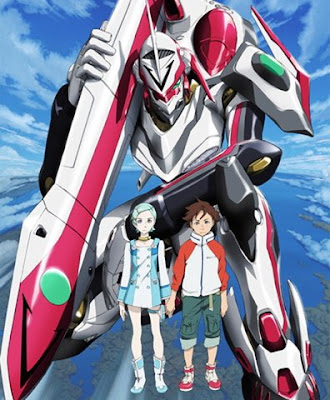Samurai Champloo is a Japanese animated T.V. series consisting of twenty-six episodes. It was broadcast in Japan from May 20, 2004 through March 19, 2005 on the television network, Fuji TV. Samurai Champloo was created and directed by Shinichirō Watanabe, whose previous television show, Cowboy Bebop, earned him renown in the anime and Japanese television communities. The show was produced by studio Manglobe.
The word, champloo, comes from the Okinawan word "chanpurū" (as in gōyā chanpurū, the Okinawan stir-fry dish containing bitter melon). Chanpurū, alone, simply means "to mix" or "to hash." Therefore, the title, Samurai Champloo, may be translated to "Samurai Remix" or "Samurai Mashup."
The series is a cross-genre work of media, blending the action and samurai genres with elements of non-slapstick comedy. It is also a period piece, taking place during Japan's Edo period. The series is interwoven with revisionist historical facts and anachronistic elements of mise-en-scene, dialogue and soundtrack. The shows most frequent anachronism is its use of elements of hip hop culture, particularly rap and the music it has influenced, break dancing, turntablism, hip hop slang, and graffiti. The show also contains anachronistic elements from the punk subculture and modernism, but less prominently.
